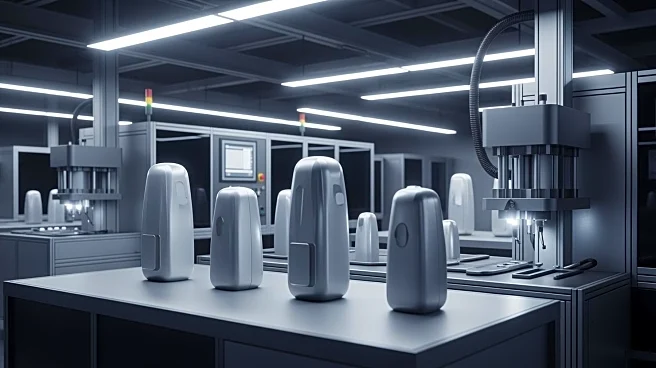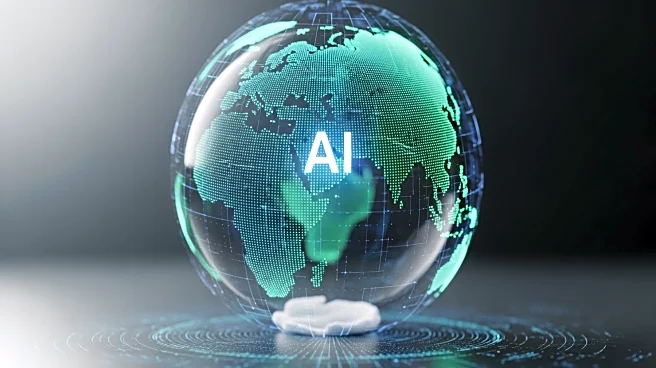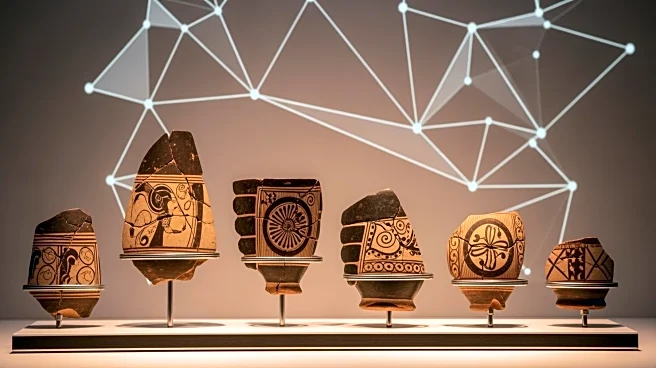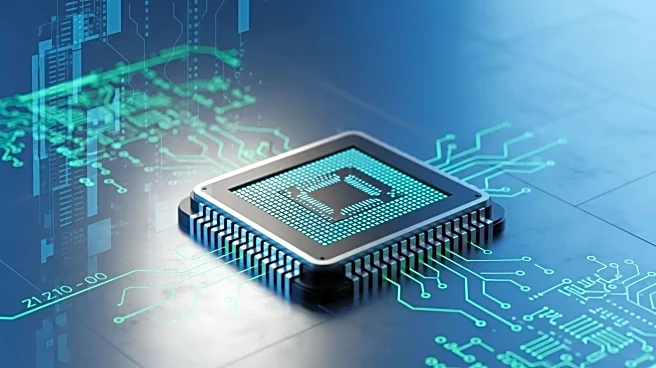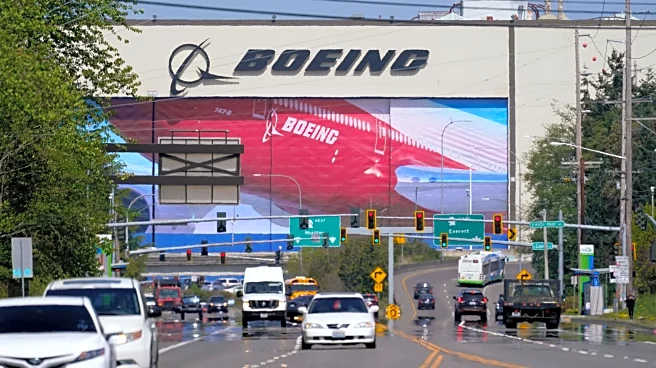What's Happening?
Industrial design has evolved significantly from its early days of manual drafting to the current use of computer-aided design (CAD) technologies. Initially, designers relied on hand-drawn sketches and physical prototypes, which were time-consuming and limited
by human precision. The introduction of computers marked a pivotal shift, with Ivan Sutherland's Sketchpad in the 1960s being a notable precursor to modern CAD systems. This transition allowed for greater precision and efficiency in design processes. Key companies like General Motors and Boeing were early adopters, using computer technology to enhance design and engineering. The development of 3D modeling further revolutionized the field, allowing for more detailed and realistic representations of designs.
Why It's Important?
The evolution of industrial design has had a profound impact on various industries, including automotive and consumer products. The ability to create detailed digital models has streamlined the design process, reducing the need for physical prototypes and enabling faster iterations. This has led to more efficient and collaborative design practices, ultimately resulting in higher-quality products and quicker time-to-market. The integration of CAD with other technologies like CAM (Computer-Aided Manufacturing) has further enhanced manufacturing efficiency, reducing errors and improving product quality. As a result, industries have been able to innovate more rapidly and meet consumer demands more effectively.
What's Next?
Looking ahead, the integration of AI and machine learning in CAD software is expected to further transform industrial design. These technologies could enhance predictive design capabilities, allowing for more efficient and innovative processes. Additionally, the rise of virtual and augmented reality in design visualization offers new ways for designers to interact with their creations, improving collaboration and client understanding. As these technologies continue to evolve, designers will need to adapt and learn continuously to leverage new tools effectively. The future of industrial design promises increased automation and collaboration, potentially leading to even greater advancements in the field.
Beyond the Headlines
The shift towards digital design tools has not only improved efficiency but also democratized the design process, making it more accessible to a broader range of designers. This democratization has fostered innovation and creativity, allowing for a more diverse range of products and solutions. Additionally, the environmental impact of design processes has been reduced, as digital models minimize the need for physical materials during the prototyping phase. As sustainability becomes increasingly important, the role of digital design in reducing waste and resource consumption will likely become a critical focus for the industry.




